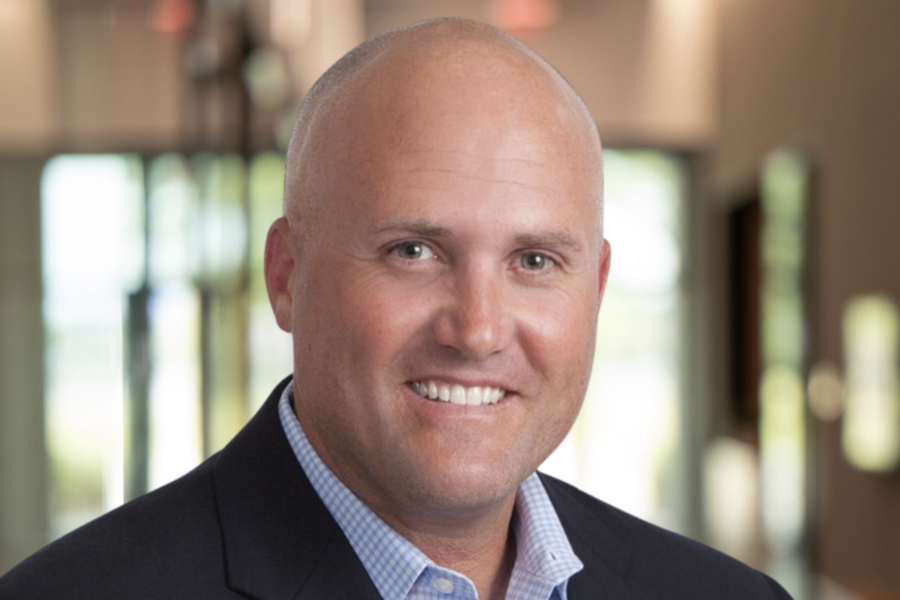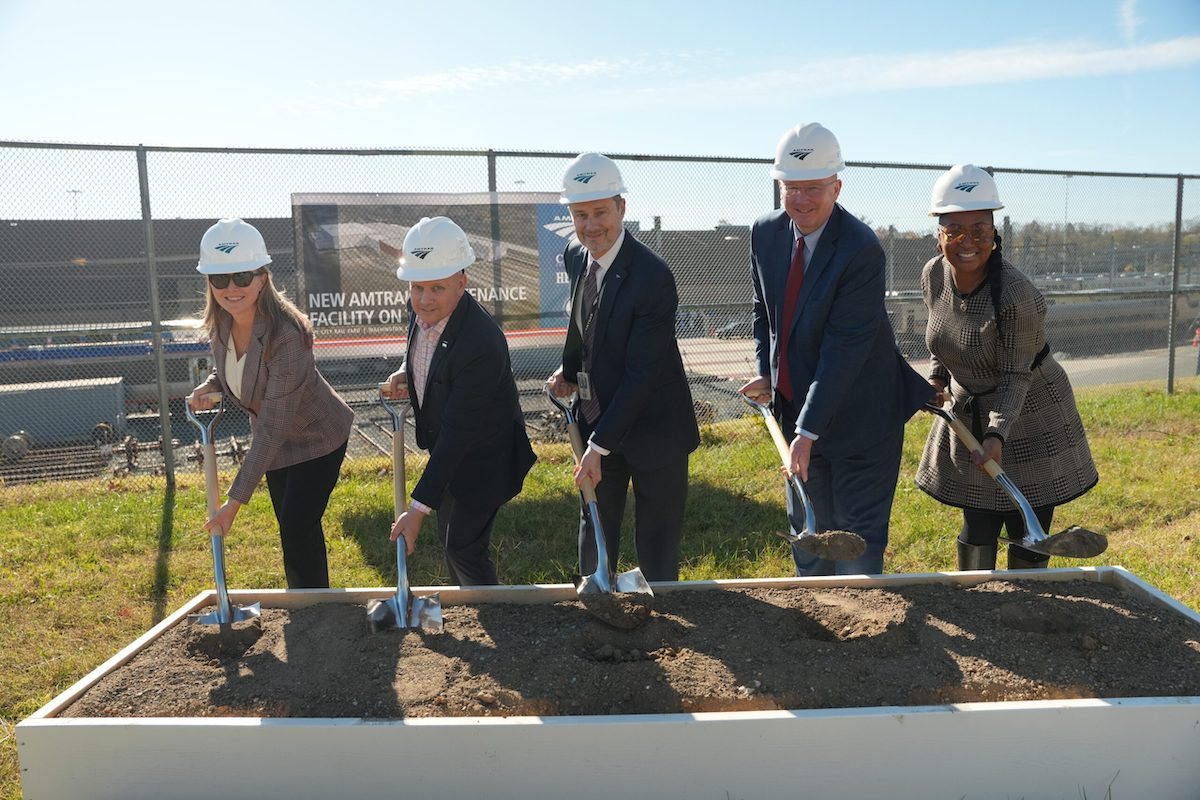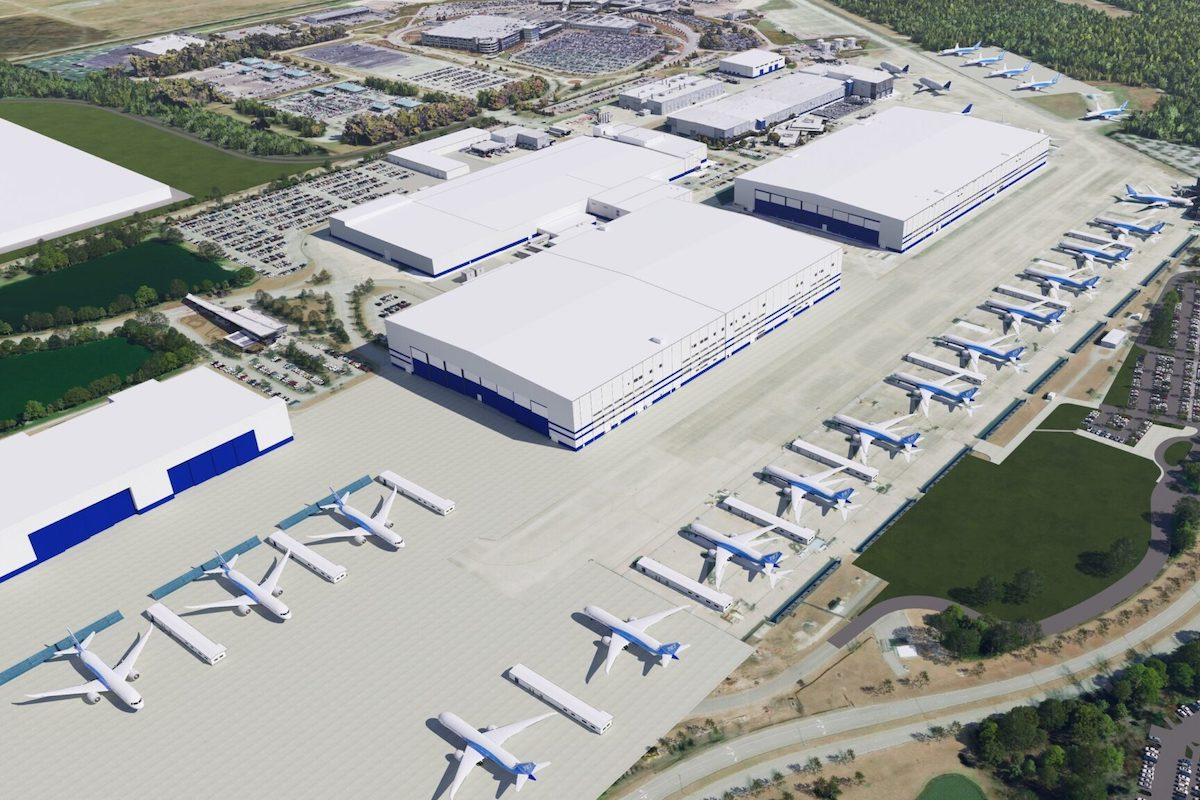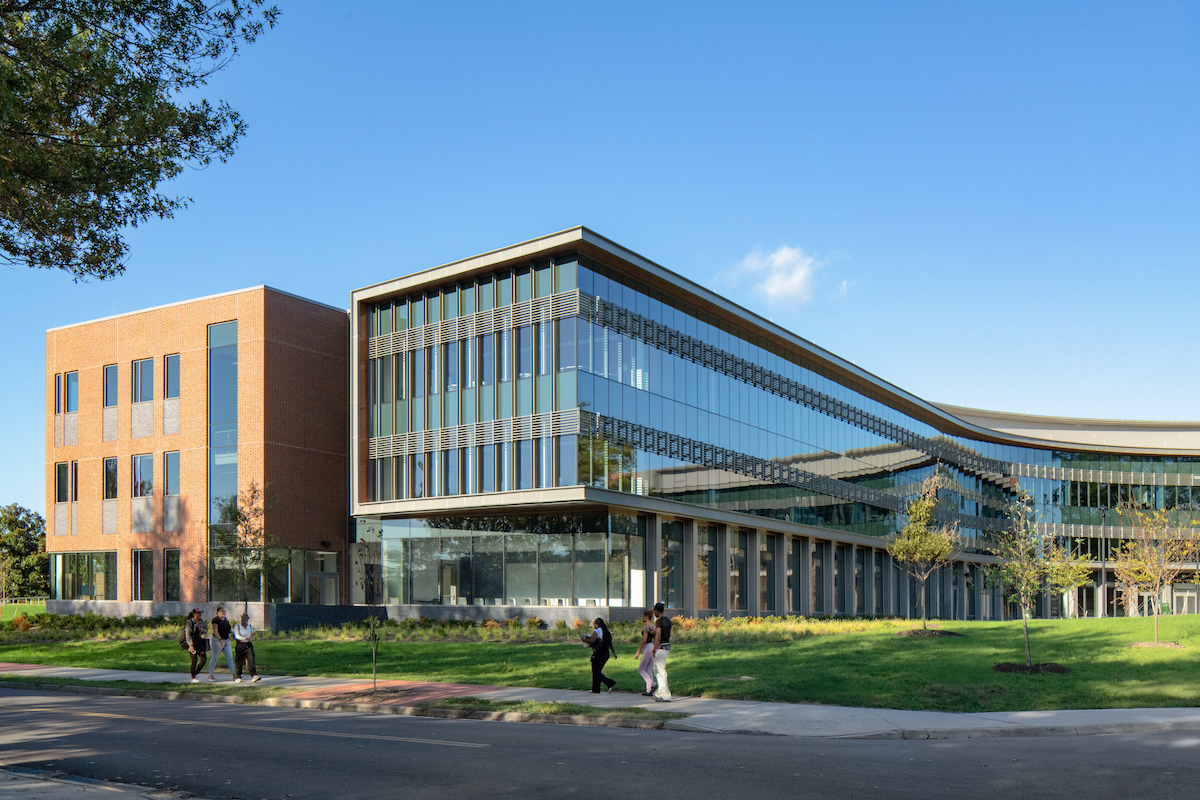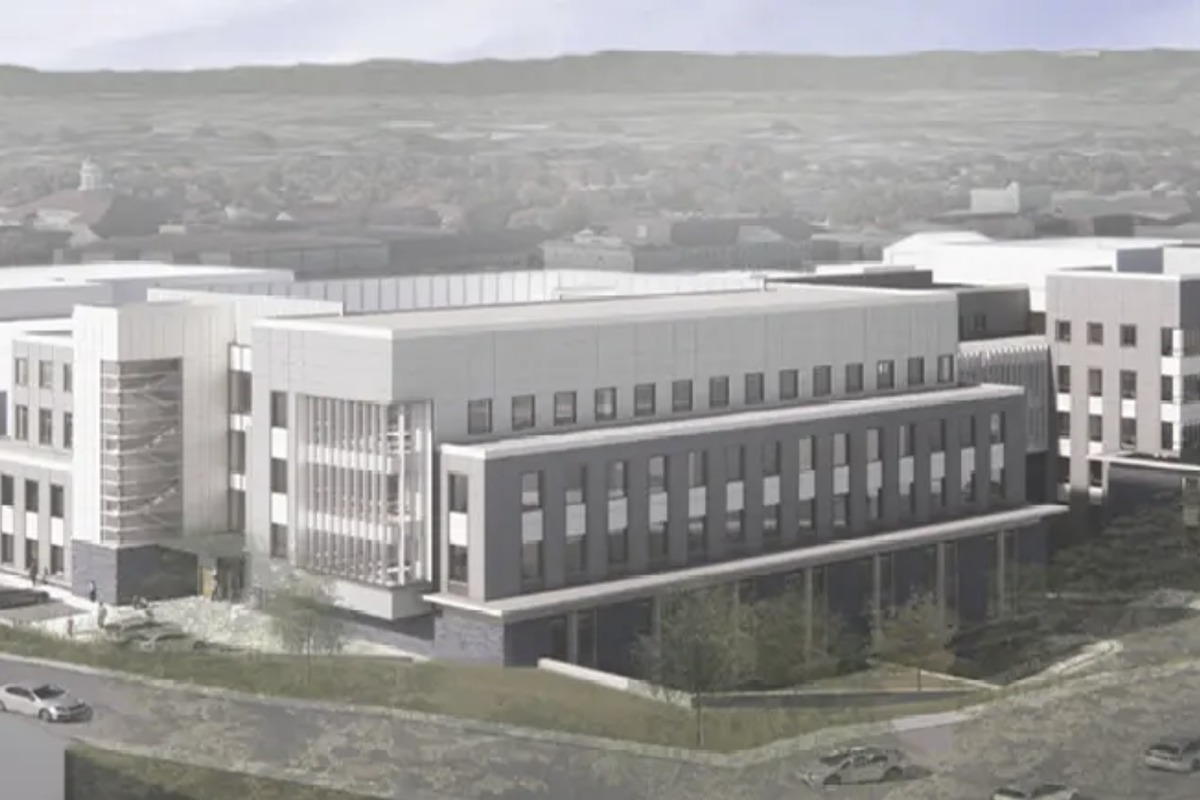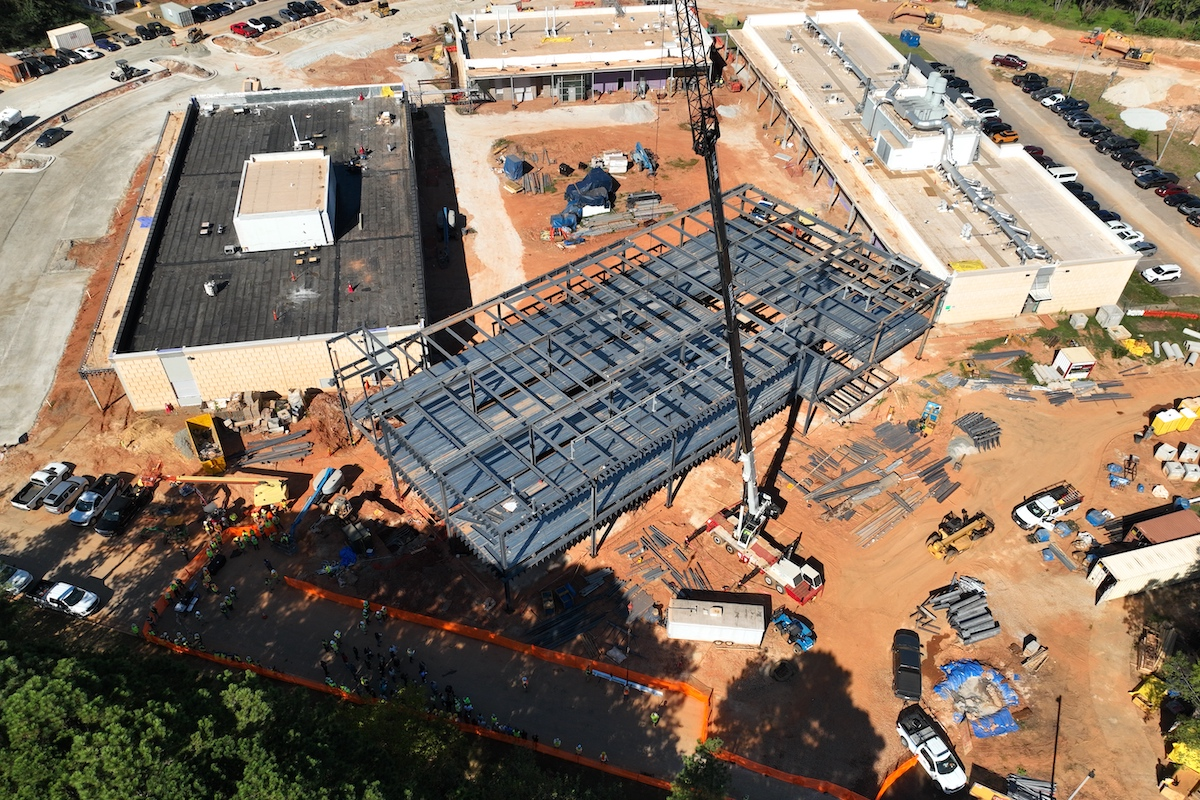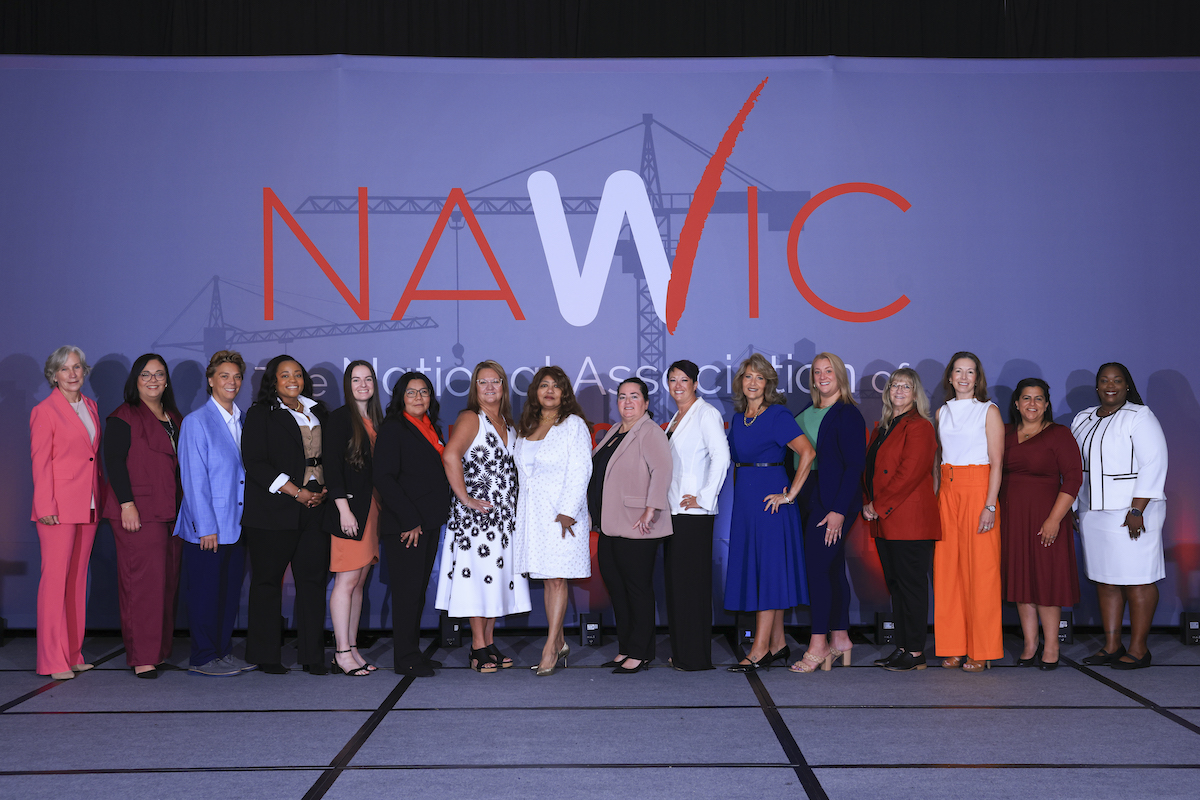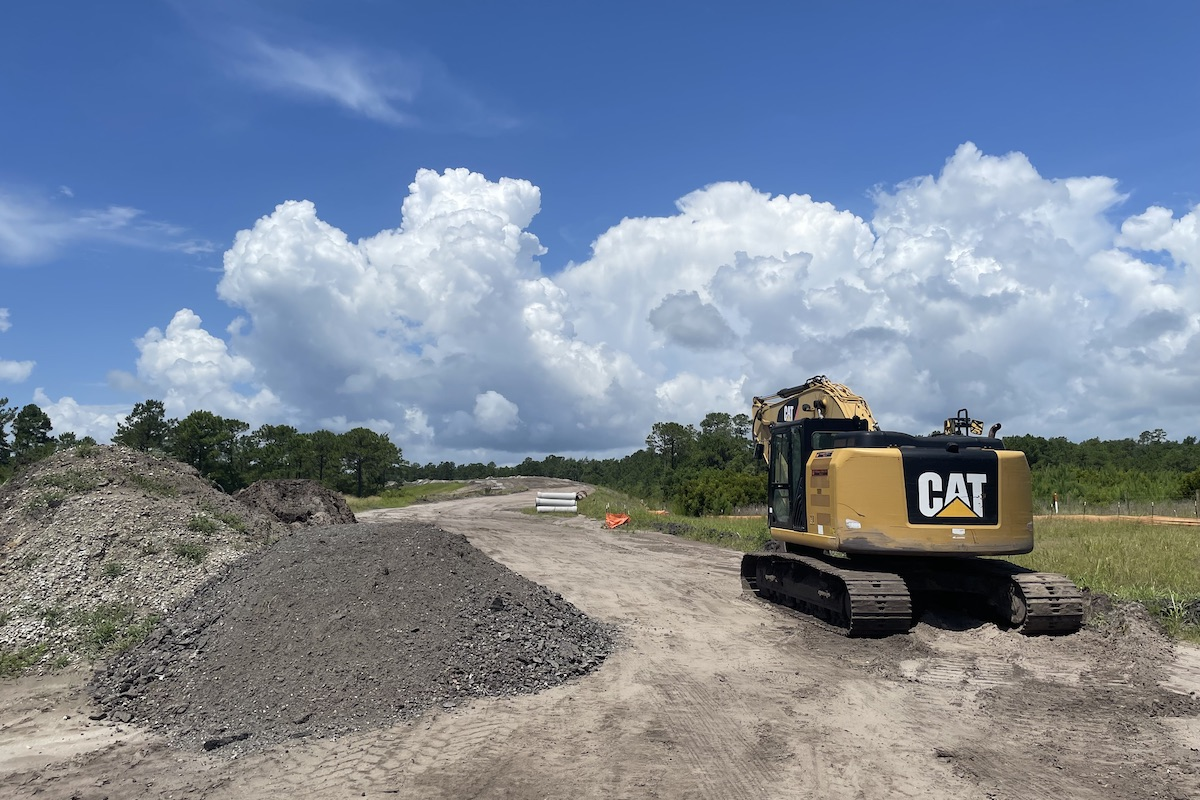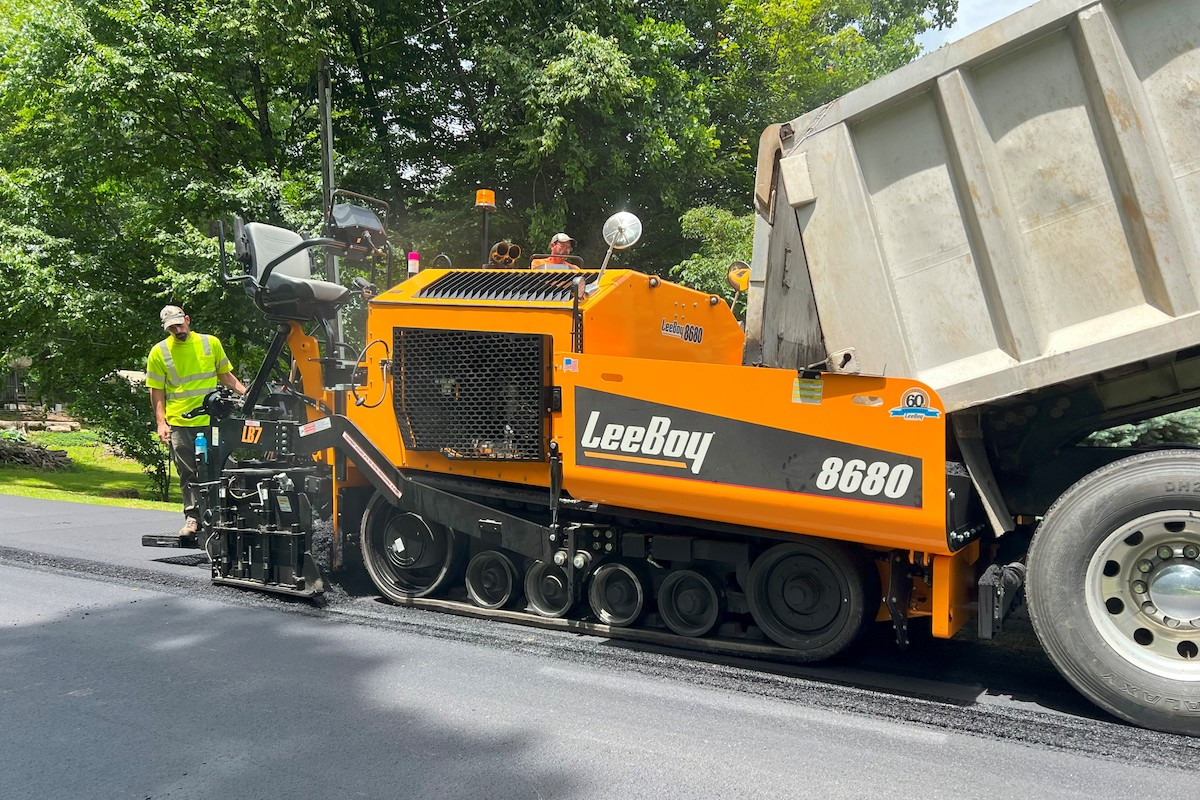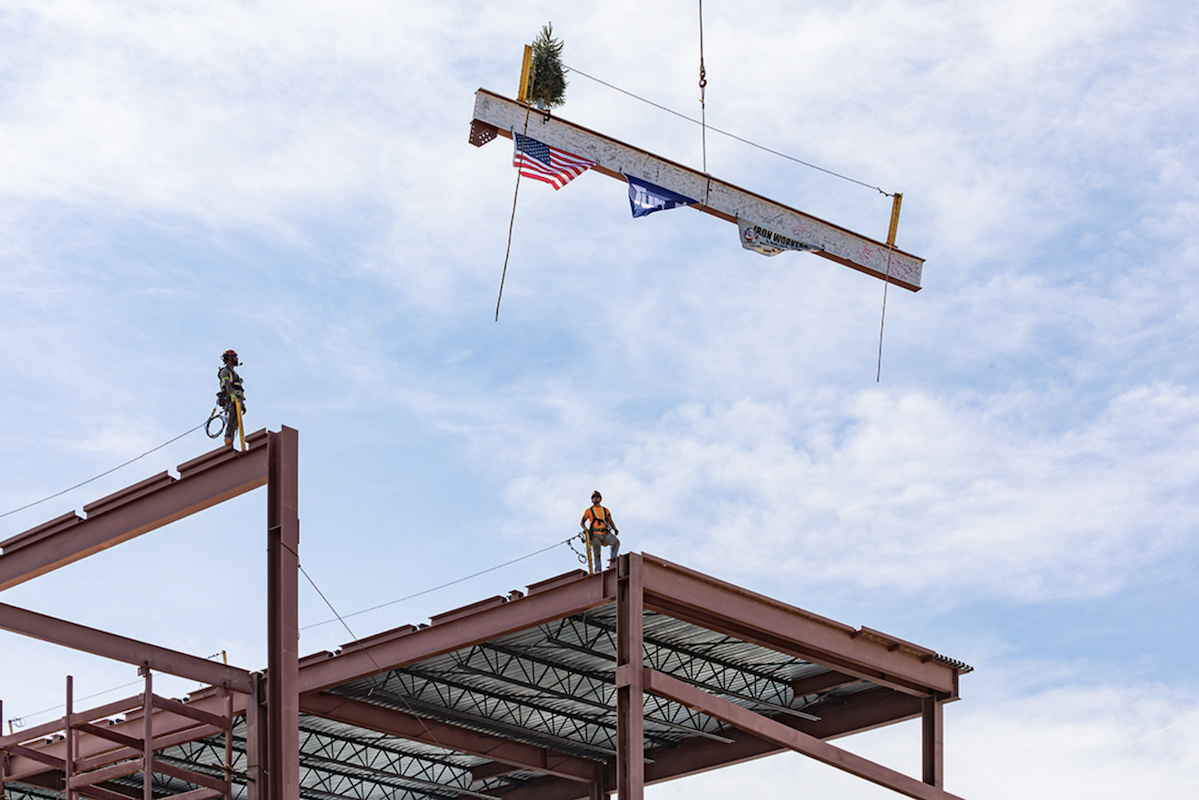A construction team headed by AECOM is making significant changes to the existing Springfield Regional Wastewater Treatment Facility (SRWTF) that will not only bring the 46-year-old facility up to date, but will also reduce the amount of a nutrient that threatens the 406-mile river. “This project performs various upgrades to the plant, but the key driver is enhancing the facility’s treatment capability to lower nitrogen in the effluent being discharged to the Connecticut River,” said Kevin Smith, AECOM Project Manager, P.E. DBIA.
Nitrogen in the river reportedly contributes to the pollution of Long Island Sound, to which it flows. This creates harmful algae blooms that, in turn, give rise to areas of low oxygen levels, suffocating fish and other organisms in the water.
Aaron Associates is the SCADA Integrator for this complex facility. SCADA, an acronym standing for Supervisory Control and Data Acquisition, is a modern control system that unites computers, networked data communications, and graphical user interfaces for high-level supervision of machines and processes. It also covers sensors and other devices, such as programmable logic controllers, which interface with process plants or machinery.
The facility upgrades are taking place under contract with the Springfield Water and Sewer Commission (SWSC), which is responsible for providing wastewater collection and treatment services to over 260,000 customers from seven communities in the greater Springfield region, including the City of Springfield. SWSC has a 20-year contract with Veolia North America to operate and maintain the regional facility. Located on Bondi’s Island in Agawam at the confluence of the Westfield and Connecticut Rivers, the treatment plant is designed to handle an average flow of 67 million gallons per day (MGD) and a peak flow of 180 MGD.

| Your local Bomag Americas dealer |
|---|
| Linder Industrial Machinery |
During primary treatment, solids and other grit are removed. In secondary treatment, bacteria further breaks down dissolved solids, producing sludge or “biosolids.” Springfield’s secondary treatment included an aeration basin process that featured over 24,000 ceramic air diffusers installed in the bottom of four giant, 600-foot by 100-foot by 15-foot-deep concrete basins.
Wastewater undergoes a final dose of disinfection with chlorine to eliminate any remaining pathogens, and the chlorine is then removed before effluent is released into the Connecticut River.
The replacement of the existing main plant switchgear, incoming electrical service feeders, and secondary electrical feeders throughout the facility. Medium voltage duct banks are being separated for reliability. The scope of work includes new medium voltage electrical manholes, over 5,000 feet of new electrical duct bank, and replacement of the facility’s 250 kW emergency generator.
The installation of a new HVAC system in the existing Grit and Screening Room (the Headworks). The existing ventilation system is past its useful life, and the new HVAC system will provide 12 air changes per hour in the room and heat during the winter months. A new odor control fan will exhaust air from the room and send it to the facility’s existing odor control system for destruction.
Complete replacement of the aging ceramic diffusers in the Aeration Basins with new membrane diffusers and connection to existing air distribution system. Over 24,000 fine bubble diffuser membranes will be replaced across 36 zones in the facility’s aeration basins, including new PVC lateral and manifold piping.
Converting the existing Aeration Basin process into a Hybrid Biological Nutrient Removal (BNR) Step Feed process, utilizing the existing infrastructure of the Aeration Basins and Mixed Liquor Recycle (MLR) pumps to maximize nitrogen removal from the waste stream. The project includes the addition of new MLR Pumps to each basin, as well as stainless steel piping and flow measurements for the pumps. New hyperboloid mixers are being installed in each basin to provide adequate mixing for the new process.
The improvements essentially convert the existing aeration basin system to a more efficient, more economical Hybrid Biological Nutrient Removal (BNR) Step Feed process. Simply stated, this process takes advantage of the plant’s current architecture, superimposing the more modern processes on the existing aeration basins.
“The construction team has worked diligently from that August and has made significant progress,” said Smith. “New electrical ductbank, manholes, and conduits have been installed in various locations throughout the facility. Work is also ongoing in Aeration Basin 1 where existing aeration diffusers, old mixers, baffle walls and other miscellaneous piping have been demolished. To implement the proposed step-feed BNR process, three new fiber-reinforced-plastic baffle walls have been constructed along with a new 36-inch mixed liquor recycle (MLR) pipe and submersible axial flow pump to carry the mixed liquor back to the front of the basin. At present, new larger membrane diffusers are being installed in the basin to facilitate better air transfer and nutrient removal from the waste stream.
“Once work in Aeration Basin 1 is complete in April, similar construction will take place in the remaining three basins. All construction work is expected to be complete by September 2024,” he concluded.



















